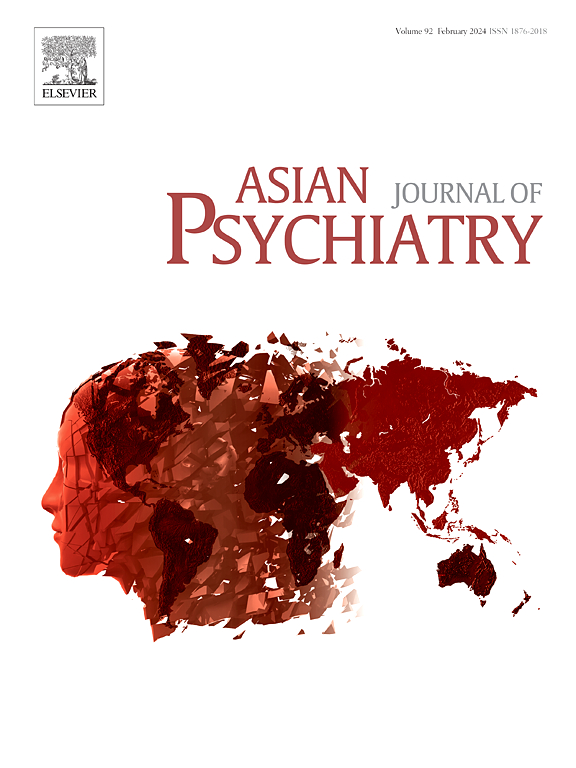Mind the gap between natural phenomena and human constructs in psychiatric diagnostic frameworks
IF 4.5
4区 医学
Q1 PSYCHIATRY
引用次数: 0
Abstract
Debates over psychiatric diagnosis pivot on a tension between realism, which treats mental disorders as biologically grounded entities, and nominalism, which views them as human-defined categories. The Diagnostic and Statistical Manual of Mental Disorders (DSM) moved from early psychoanalytic typologies to structured, symptom-based criteria, yet robust biological markers remain elusive. The DSM-5 still relies on categorical diagnoses and therefore contends with high heterogeneity, frequent comorbidity, and blurred boundaries. Several complementary perspectives offer ways forward. Phenomenological psychopathology centers patients’ lived experiences. Network analysis models disorders as interacting symptom systems rather than discrete diseases. A pragmatic approach prioritizes clinical usefulness by integrating clinician expertise, patient narratives, and iterative refinement of assessment and treatment. Combining these perspectives can yield a more adaptable, patient-centered model that narrows the gap between natural phenomena and human-constructed categories.
注意精神病学诊断框架中自然现象和人类构造之间的差距
关于精神病诊断的争论主要集中在现实主义和唯名论之间的紧张关系上,现实主义将精神障碍视为基于生物学的实体,而唯名论则将其视为人类定义的类别。《精神疾病诊断与统计手册》(DSM)从早期的精神分析类型学转向了结构化的、基于症状的标准,然而强大的生物标记仍然难以捉摸。DSM-5仍然依赖于分类诊断,因此与高异质性、频繁的合并症和模糊的界限相竞争。几个互补的观点提供了前进的方向。现象学精神病理学以病人的生活经历为中心。网络分析模型失调是相互作用的症状系统,而不是离散的疾病。务实的方法通过整合临床医生的专业知识、患者的叙述以及评估和治疗的迭代改进来优先考虑临床有用性。结合这些观点可以产生一个更具适应性的、以患者为中心的模型,从而缩小自然现象和人类构建的类别之间的差距。
本文章由计算机程序翻译,如有差异,请以英文原文为准。
求助全文
约1分钟内获得全文
求助全文
来源期刊

Asian journal of psychiatry
Medicine-Psychiatry and Mental Health
CiteScore
12.70
自引率
5.30%
发文量
297
审稿时长
35 days
期刊介绍:
The Asian Journal of Psychiatry serves as a comprehensive resource for psychiatrists, mental health clinicians, neurologists, physicians, mental health students, and policymakers. Its goal is to facilitate the exchange of research findings and clinical practices between Asia and the global community. The journal focuses on psychiatric research relevant to Asia, covering preclinical, clinical, service system, and policy development topics. It also highlights the socio-cultural diversity of the region in relation to mental health.
 求助内容:
求助内容: 应助结果提醒方式:
应助结果提醒方式:


